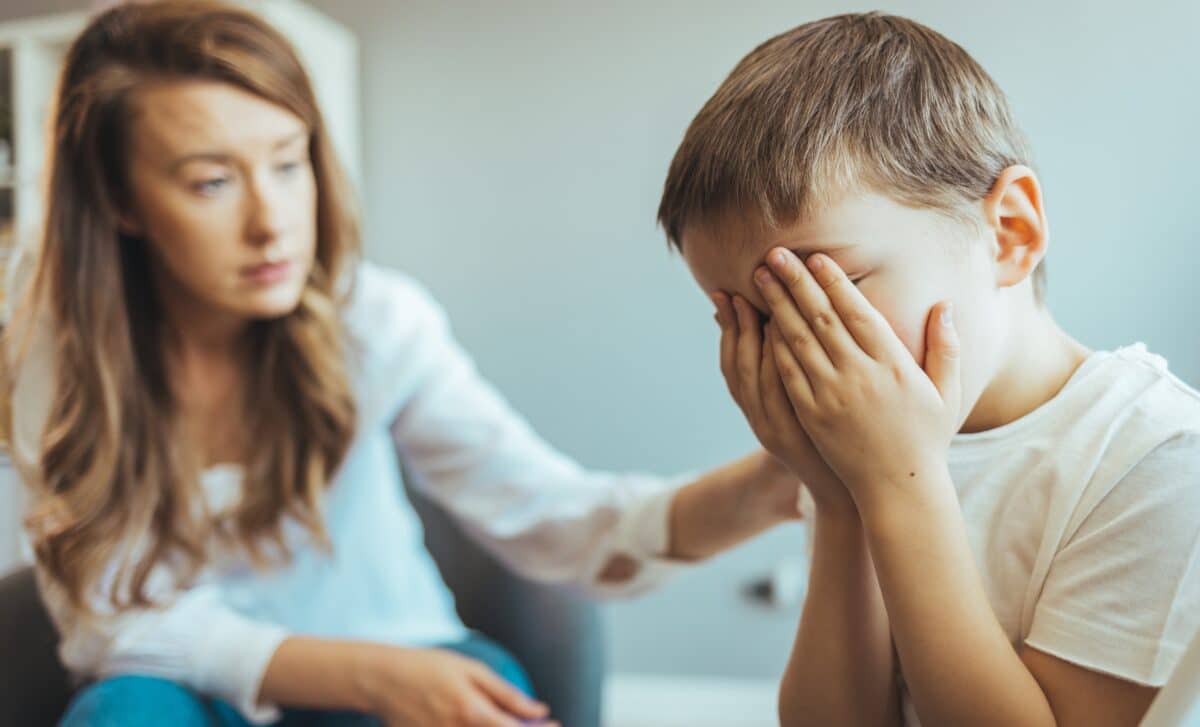Anxiety in children is rising—and parents might not even realize why. A study involving 1,000 children reveals six hidden concerns that weigh heavily on young minds, far beyond what adults usually perceive.
Led by two renowned family psychotherapists, Ashley Graber and Maria Evans, this research sheds light on the gap between what parents assume and what children actually experience. The insights were recently shared with CNBC, aiming to give caregivers a better understanding of what truly causes stress in their children’s lives.
Children’s emotional landscapes are shaped by much more than academic pressure or visible injuries. According to Graber and Evans, social interactions, routine instability, and even joyful life changes can become significant sources of stress for children. The findings suggest that many parents miss or underestimate these subtle but impactful experiences. The six key stressors, identified through conversations with over a thousand children, expose the delicate balance young individuals navigate every day.
Social acceptance as emotional pressure
The drive to be liked and belong within peer groups is a primary concern for children, often overlooked by adults. Based on the research reported by CNBC, children internalize seemingly small social differences—such as clothing, accents, or unique hobbies—as potential triggers for rejection. Even when they don’t express it openly, the pressure to be accepted can become a persistent source of anxiety.
Subtle mockery or exclusion, even if not overtly aggressive, leaves emotional marks. The need to fit in transcends schoolyard dynamics; it impacts a child’s sense of self-worth and emotional security. Graber and Evans emphasize that these social tensions are among the most frequently mentioned issues by children, yet they remain invisible in many parental conversations.
No Eating After 8 PM? Parents Share the Most Ridiculous Lies They Told (and Their Kids Totally Believed)
Changes, even positive ones, bring emotional disarray
Major life events, including those that are traditionally seen as positive—such as welcoming a new sibling or moving to a new school—can trigger deep emotional responses in children. The psychotherapists observed that what adults interpret as exciting milestones can feel like disorienting disruptions for the young.
In their analysis, Graber and Evans describe these moments as “little griefs” for children, who might struggle to process what they perceive as a loss of stability or identity. The sense of leaving behind familiar environments or routines can create feelings of sadness, confusion, and insecurity. These emotional shifts often remain unspoken unless deliberately addressed by caregivers.
Daily overstimulation fuels emotional exhaustion
The structure of a child’s day often leaves little room for rest or introspection. According to the findings shared with CNBC, tightly packed schedules filled with school, extracurriculars, and social commitments contribute to emotional overload. Children report feeling overwhelmed when they are constantly switched from one activity to another without time to decompress.
This kind of non-stop rhythm acts as an emotional pressure cooker. Without quiet time to reflect or relax, children find it harder to regulate their feelings or recover from stress. Graber and Evans highlight that many children lack a safe space to process emotions in silence—an absence that can escalate their anxiety over time.
Parents may assume that a busy child is a thriving child, but the research challenges this belief. Children often need unstructured time, not just for creativity or play, but to emotionally reset.
Listening without rushing
The authors of the study encourage caregivers to rethink how they engage with children about their feelings. Simple actions—like naming emotions, practicing deep breathing, or scheduling a “worry time” to talk—can make a notable difference in how children cope.
According to Graber and Evans, these techniques don’t require professional training but can significantly reduce a child’s stress level when practiced consistently.







